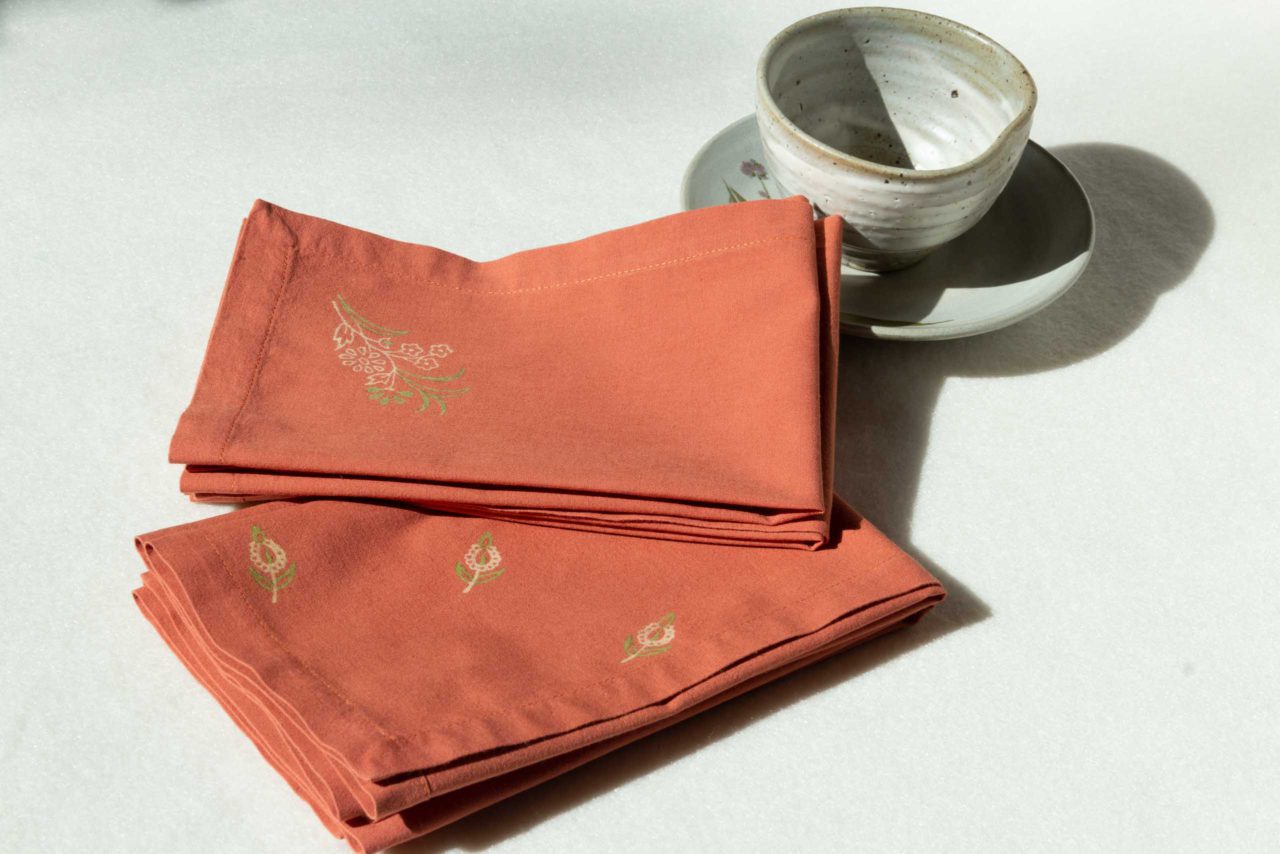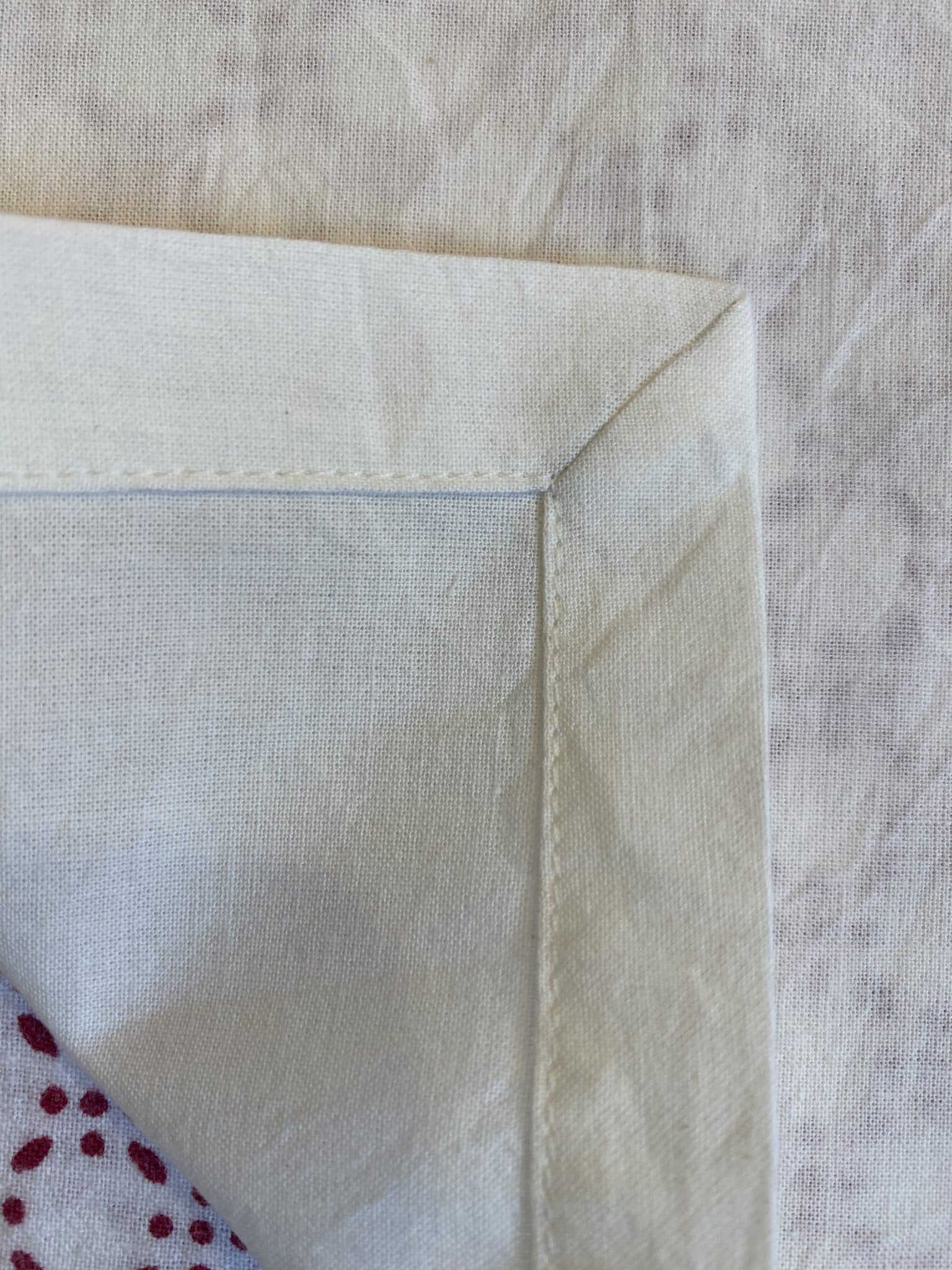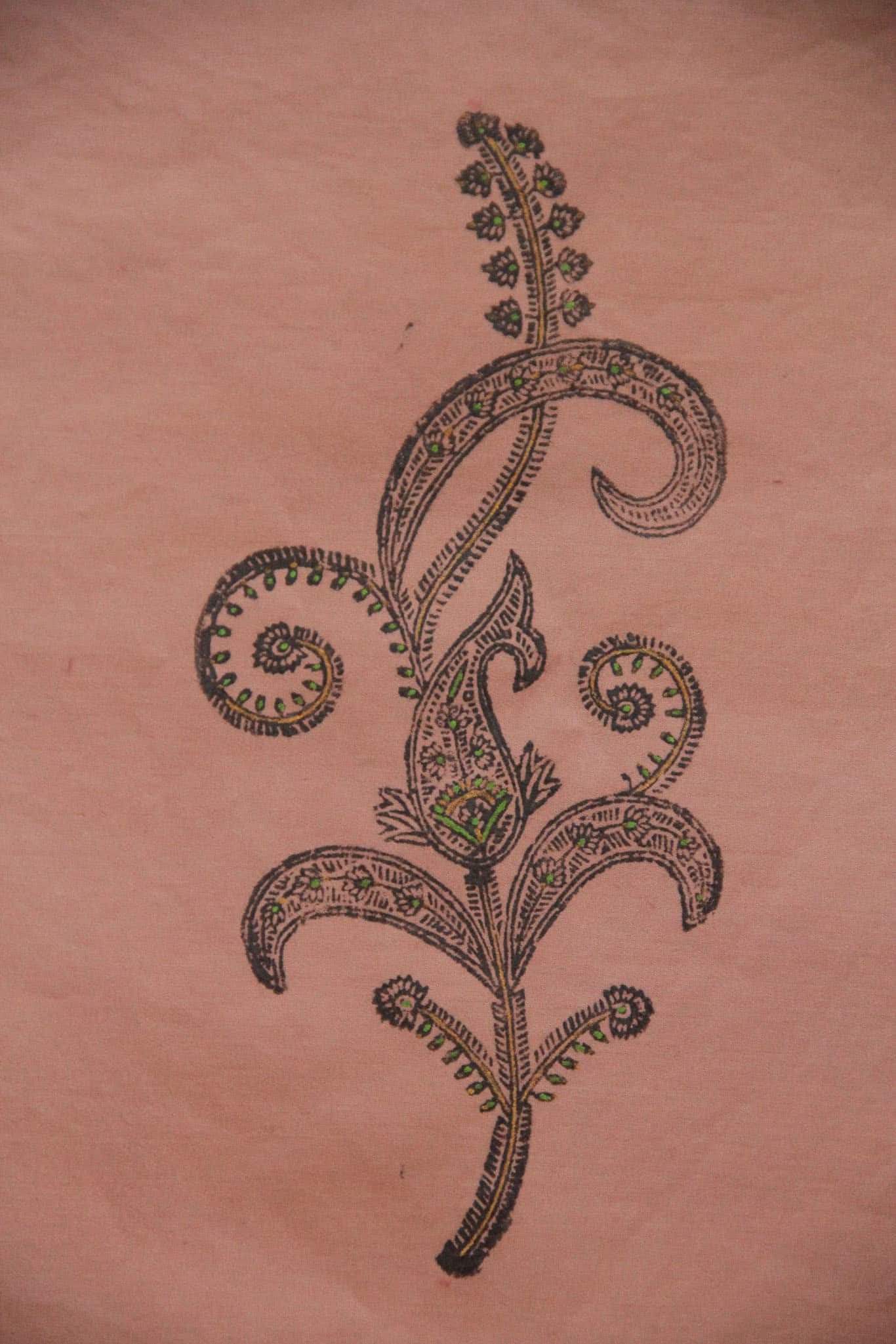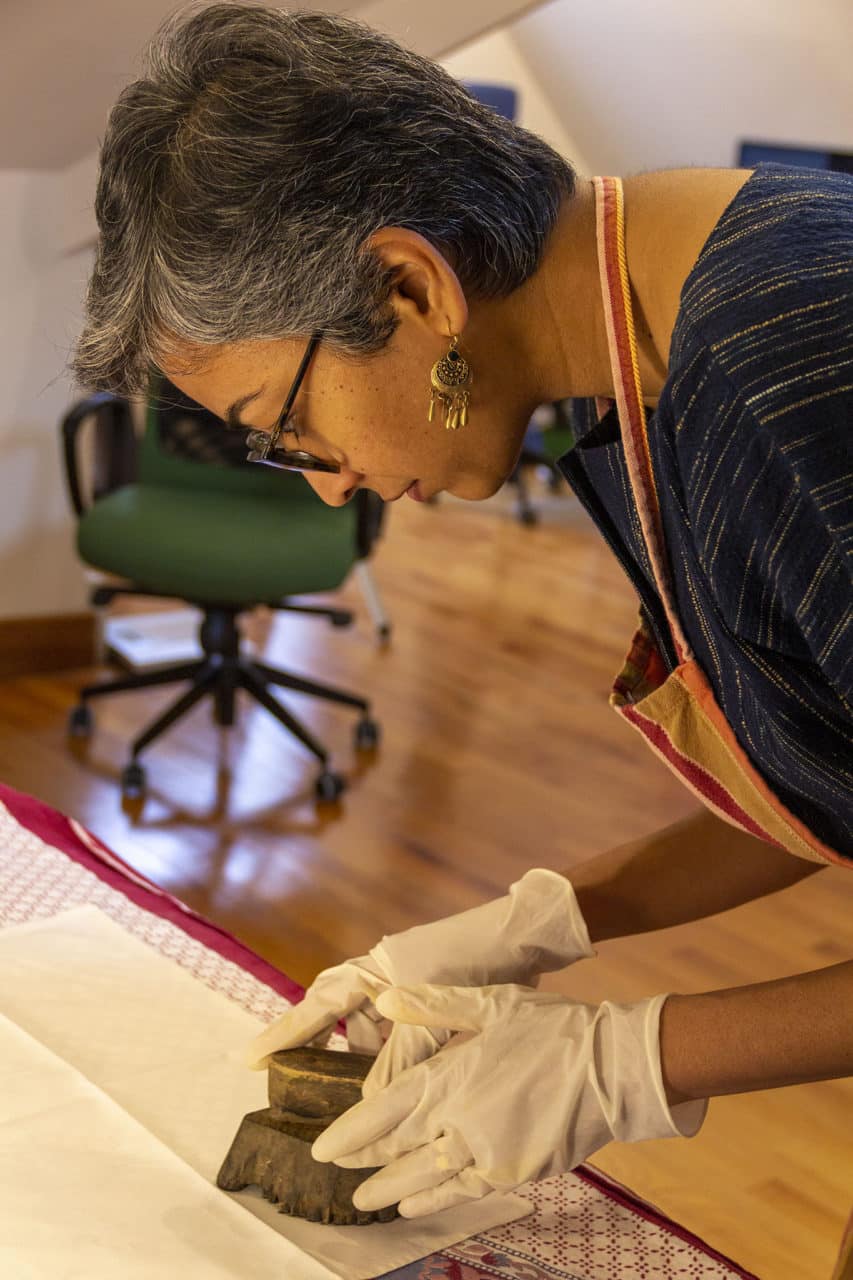A new chapter for Kokuin
In September 2020, I came across an article in CNN about pollution and toxicity associated with industrial textile dyeing. Here is another article about dyeing and water pollution and the new ventures into water-less dyeing. It was shocking to read the environmental pollution caused by the effluents from the dyeing factories being emptied into water … Read more




